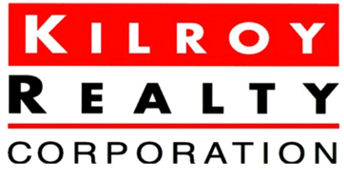Leveraging Energy Data
Kilroy Realty Corporation
Kilroy Realty Corporation (NYSE: KRC) continues to normalize green leasing in-house and across the industry. The Los Angeles-based company builds each of its properties to a minimum of LEED Gold Certification and has won numerous awards for sustainability across its existing 13.9 million square foot portfolio. Sara Neff, MBA, LEED AP, Senior Vice President of Sustainability […]
